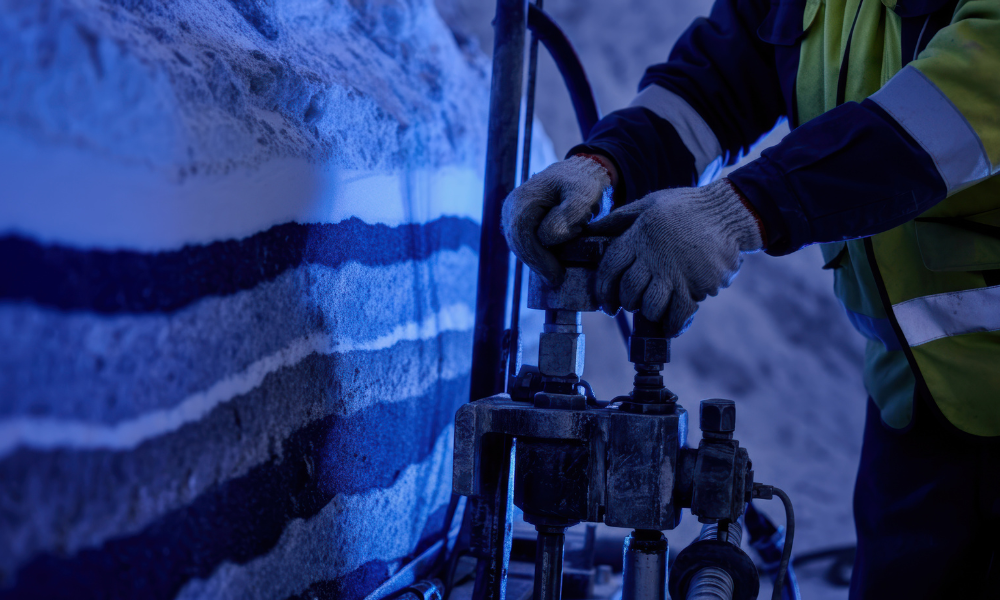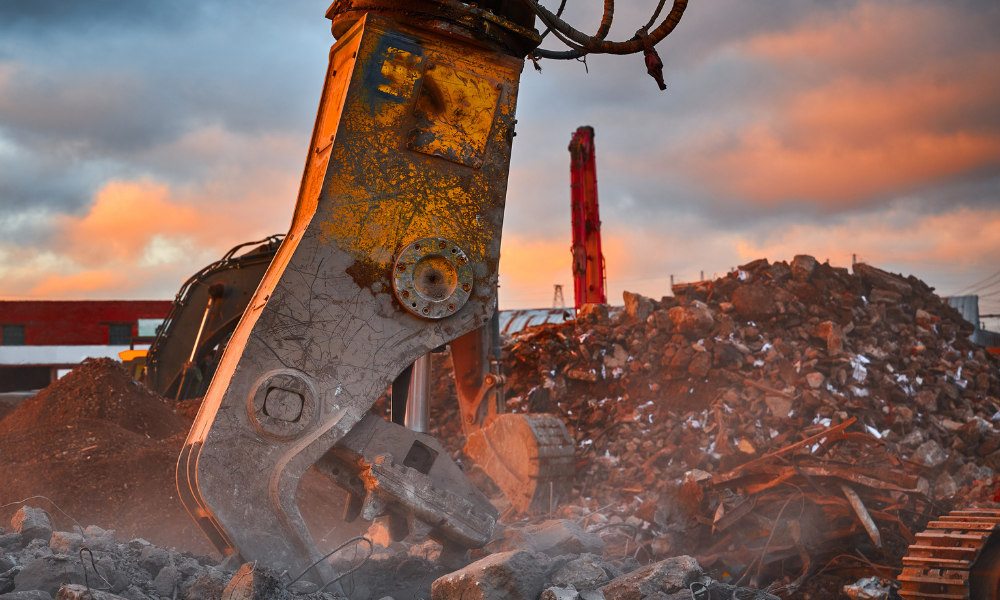Alex MacDonald's role on the BCRSP board isn't about technical expertise - it's about ensuring accountability, transparency, and public trust in workplace safety

Alex MacDonald is not a safety professional, yet he sits on the board of the Board of Canadian Registered Safety Professionals (BCRSP). He doesn’t hold a certification in the field, nor does he have a background in occupational health and safety. His expertise lies elsewhere - finance, insurance, and governance. But that is exactly the point.
As BCRSP’s public member, MacDonald was appointed to offer an independent perspective in an organization otherwise made up of industry insiders. His role is to challenge assumptions, question decisions, and ensure that the broader public interest remains central to the board’s work.
It’s an unusual setup for a certification body, which is not legally required to have external oversight. Yet, BCRSP has made a deliberate choice to include a non-certificate holder at the table, and has done so since 2006. For MacDonald, that decision speaks volumes. “They didn’t have to do this,” he says. “But they recognized that independent oversight strengthens the profession.”
This decision reflects a wider recognition: certification doesn’t just serve professionals - it exists to protect workplaces, employees, and the public. And ensuring that protection requires more than technical expertise; it requires accountability.
Why certification matters in workplace safety
MacDonald sees certification as a key safeguard in industries where safety risks are high. “If someone claims to be a registered safety professional, employers, workers, and the public should immediately know what that means,” he says. “That they’ve passed a rigorous exam, completed accredited education, and continue to meet evolving standards.”
Without regulation, the risk is clear - anyone could call themselves a safety expert without meeting established criteria. That’s why title protection is a priority for BCRSP. Just as engineers, doctors, and other regulated professionals must meet strict requirements before using their titles, BCRSP is working to ensure the same level of clarity and trust applies to safety professionals.
Beyond protecting the credibility of the field, certification also ensures professionals stay current. Workplace safety is constantly evolving, shaped by new technology, regulatory changes, and industry shifts. BCRSP requires its certificate holders to complete ongoing professional development, preventing knowledge gaps that could lead to serious consequences on the job.
Staying up to date is critical. That’s why BCRSP requires continuing education for all certification holders. Without it, someone could get certified once and never revisit their training - something that could have real consequences in high-risk environments.
BCRSP also keeps in touch with the people working in the field. Instead of just relying on reports, the board holds face-to-face meetings with certification holders across the country. “These aren’t just check-ins,” MacDonald says. “They’re real conversations where we hear about what’s happening on the ground.”
That kind of direct engagement helps prevent blind spots - something MacDonald believes is especially important when a board is made up entirely of people from within an industry.
The value of external oversight
BCRSP is not legally required to have a public member, making MacDonald’s appointment a voluntary step toward greater transparency. His role is to represent the interests of the general public, not just those working in the industry. “I’m here to ask questions that might not occur to people within the profession,” he explains. “It’s about preventing groupthink and ensuring that decisions are made with a broader perspective in mind.”
This commitment to accountability extends beyond his presence on the board. BCRSP actively engages with certification holders, regularly meeting with professionals across the country to understand their challenges and gather feedback. Rather than relying solely on reports and digital communication, the board takes a direct, face-to-face approach - an effort MacDonald sees as essential for maintaining credibility.
A changing workforce, a changing approach
One of the biggest shifts MacDonald sees in workplace safety isn’t just about hazards - it’s about who is working. Canada’s workforce is more diverse than ever, and safety policies need to reflect that reality.
“BCRSP is actively looking at this,” he says. “They’re gathering data to understand what the workforce looks like, what the certification holders look like, and what the board itself looks like. And then, they’re asking the important question: where are the gaps?”
It’s not just about representation. Different industries, cultural backgrounds, and experiences shape how people understand and engage with workplace safety. If certification standards don’t account for those differences, they risk leaving people behind.





